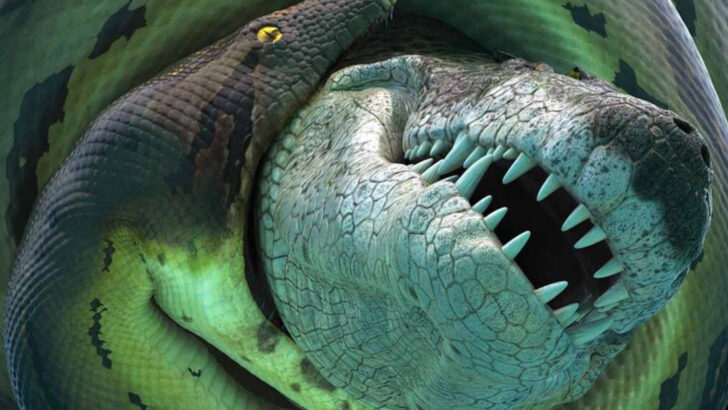Some predators are big. Others are terrifying. And then there are the ones that ruled the Earth with unmatched power—the ones that sent everything else running for cover.
From towering dinosaurs to ocean-dwelling giants, these creatures weren’t just at the top of the food chain—they were the food chain. T-Rex crushed bones with every bite. Megalodon swallowed whales whole. Titanoboa wrapped its massive coils around anything that dared to get too close.
Millions of years may separate us from these monsters, but their fossils tell a story of dominance, survival, and sheer, unmatched strength.
Ready to meet the biggest, baddest predators ever to walk (or swim) the planet? Buckle up—it’s about to get prehistoric.
Tyrannosaurus Rex
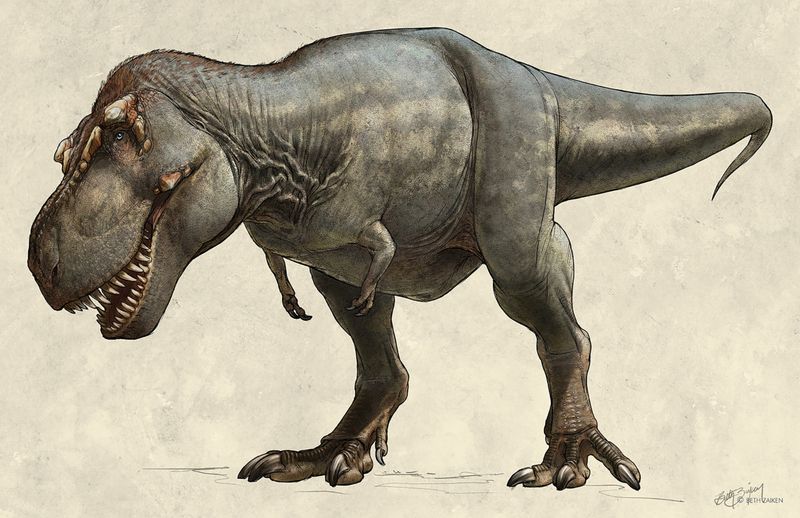
The Tyrannosaurus Rex, often abbreviated as T-Rex, was one of the most formidable predators of the prehistoric era. Known for its massive size, it stood about 12 feet tall and could reach lengths of up to 40 feet. Its powerful jaws were filled with sharp teeth, making it an apex predator of its time.
In addition to its terrifying bite, the T-Rex had strong legs that allowed it to move with surprising speed for its size. This dinosaur’s presence in North America during the late Cretaceous period makes it a well-known figure in paleontology.
Its reputation as a fearsome hunter is well-deserved, captivating imaginations for generations.
Spinosaurus
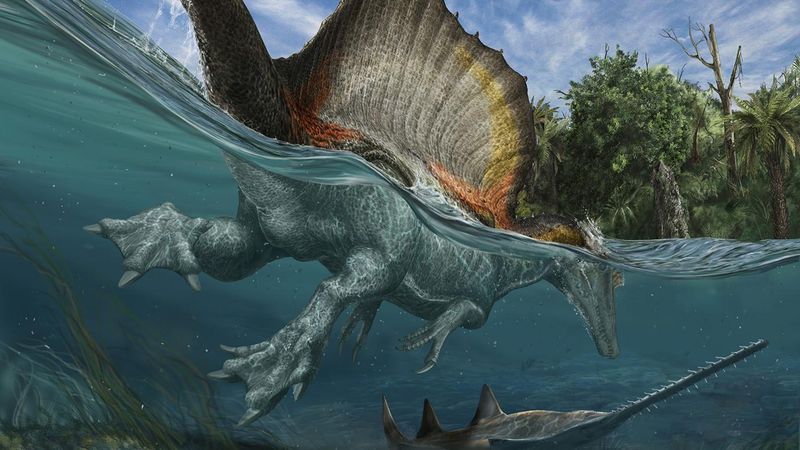
Spinosaurus was one of the largest carnivorous dinosaurs, even bigger than the Tyrannosaurus Rex. It measured up to 59 feet in length and weighed as much as 23 tons. Recognizable by its distinctive sail, which was possibly used for display or thermoregulation, Spinosaurus lived approximately 112 to 93 million years ago.
Unlike many other theropods, Spinosaurus was semi-aquatic, hunting both on land and in water. Its diet consisted mainly of fish, which it caught using its long, crocodile-like jaws.
The Spinosaurus’ unique adaptations make it one of the most intriguing predators of the Cretaceous period.
Megalodon
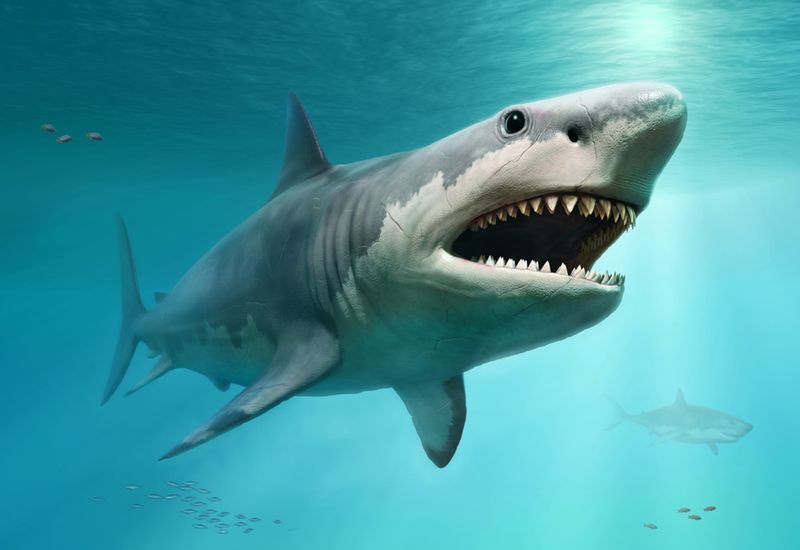
Megalodon was the largest shark to ever exist, dominating the oceans during the Cenozoic era. This colossal predator could grow up to 60 feet in length, with jaws powerful enough to crush whale bones. Its teeth, some of the largest ever found, were serrated and ideal for slicing through flesh.
Megalodon’s diet primarily consisted of large marine mammals such as whales and seals, positioning it at the top of the oceanic food chain.
Swimming vast distances, Megalodon ruled the seas with unmatched ferocity, leaving a legacy of immense fossils that continue to captivate scientists and enthusiasts alike.
Liopleurodon
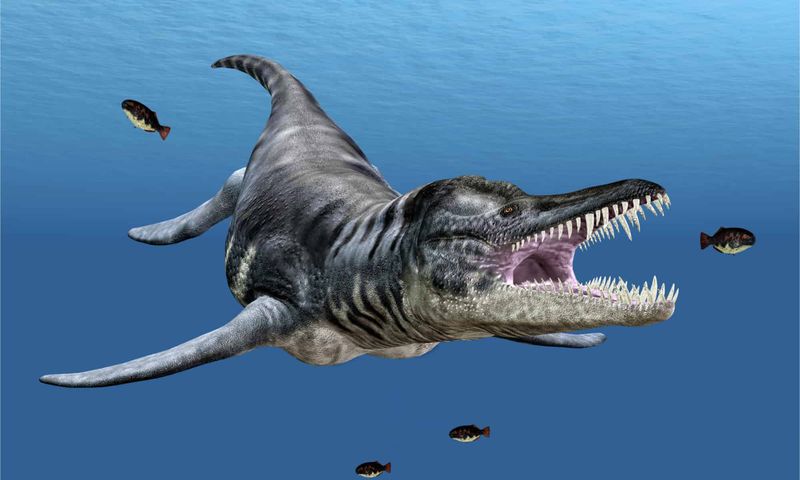
Liopleurodon was a massive marine reptile that roamed the seas during the Jurassic period, approximately 160 million years ago. Known for its incredible size, it could reach lengths of over 30 feet, making it one of the largest of its kind.
Equipped with powerful jaws and sharp teeth, Liopleurodon was an apex predator, hunting fish and other marine life with ease. Its streamlined body and strong flippers allowed it to move quickly through water, ambushing prey with precision.
Liopleurodon’s dominance in the ocean highlights the diversity and scale of prehistoric marine predators.
Deinosuchus
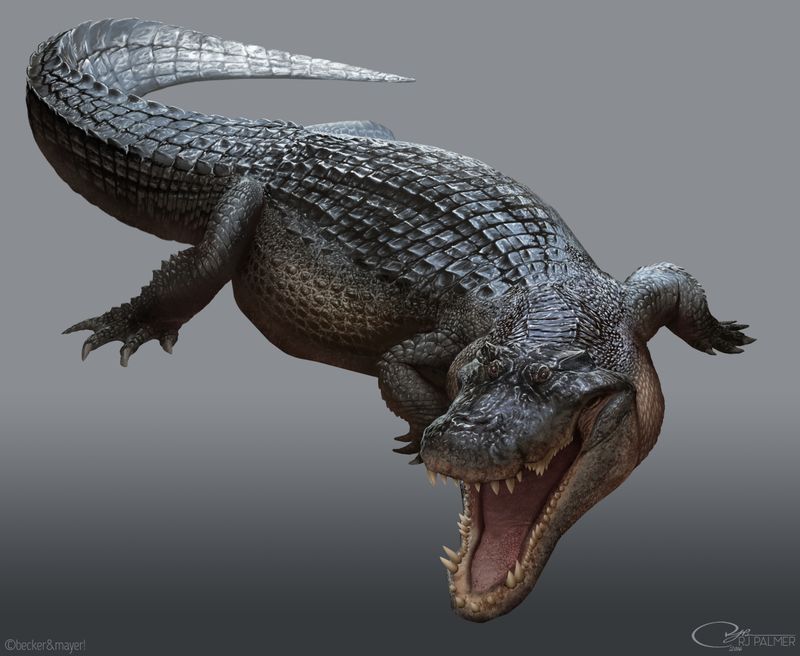
Deinosuchus was a giant crocodilian predator that lived during the late Cretaceous period. Reaching lengths of up to 33 feet, it was among the largest crocodyliforms ever discovered. Its robust body and powerful jaws made it a formidable hunter in its swampy habitat.
Deinosuchus primarily hunted large dinosaurs and fish, using its ambush tactics to catch unsuspecting prey. Its teeth were designed to crush rather than slice, showcasing an adaptation for tackling sizeable prey.
This prehistoric crocodile’s reign demonstrates the evolutionary success of crocodilian species, continuing their legacy into the modern day.
Sarcosuchus
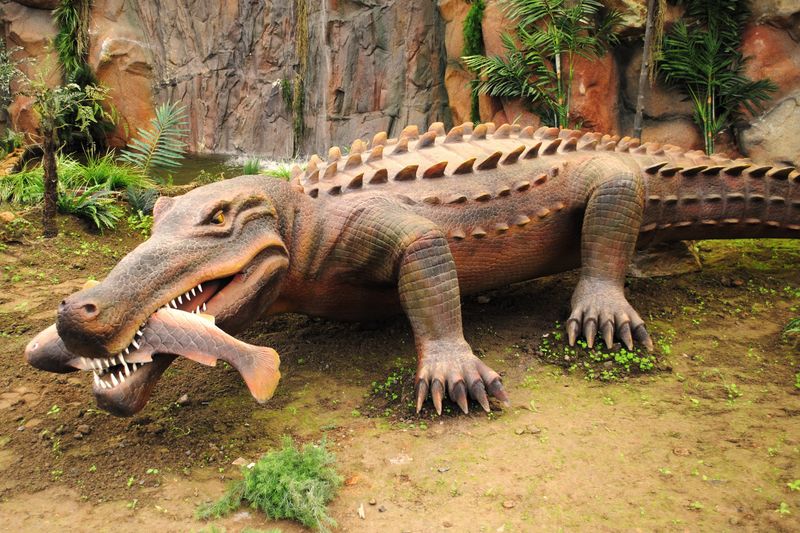
Sarcosuchus, often referred to as the “super croc,” was an enormous crocodilian that lived around 110 million years ago. It measured up to 40 feet in length and weighed approximately 8 tons, rivaling many of the dinosaurs of its time.
Unlike modern crocodiles, Sarcosuchus had a long snout filled with over 100 teeth, adapted for catching and holding fish. Its immense size allowed it to prey on a variety of creatures, including dinosaurs that ventured too close to the water’s edge.
Sarcosuchus exemplifies the impressive scale of prehistoric crocodilians, dominating the waterways of ancient Africa.
Giganotosaurus
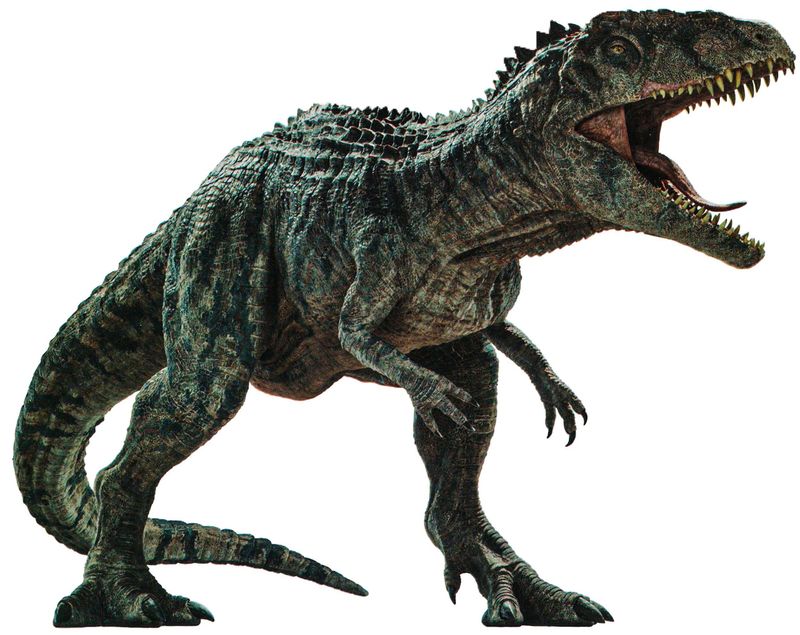
Giganotosaurus was one of the largest terrestrial predators to ever exist, roaming South America during the late Cretaceous period. It measured up to 40 feet in length and weighed around 8 tons, rivaling the size of the famous T-Rex.
Equipped with large, sharp teeth, Giganotosaurus was a fearsome predator that targeted large herbivorous dinosaurs. Its strong legs and tail provided balance and speed, making it an efficient hunter.
The discovery of Giganotosaurus has provided significant insights into the diversity of large carnivorous dinosaurs, showcasing the variety of apex predators that existed in the prehistoric world.
Titanoboa
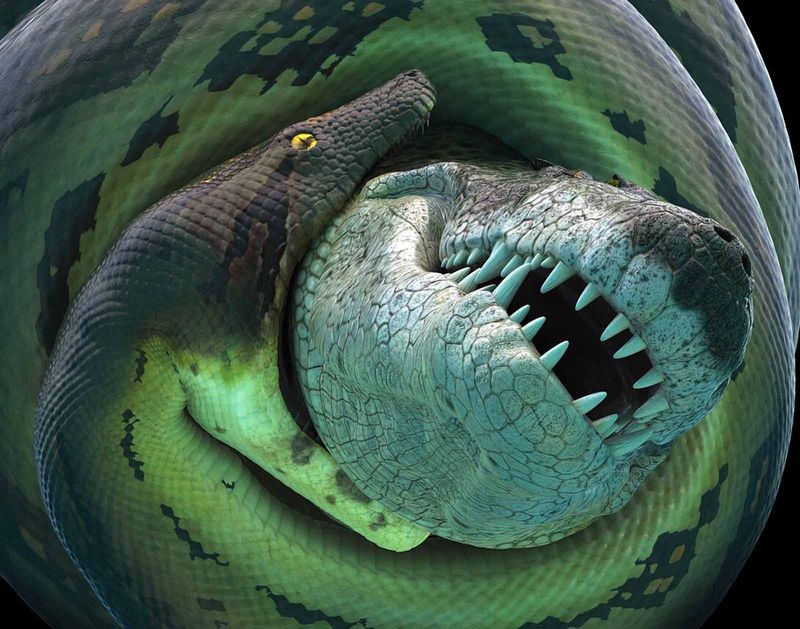
Titanoboa was the largest snake to ever slither on Earth, living approximately 60 million years ago in what is now South America. It could reach lengths of 42 feet and weigh over a ton, far surpassing any modern snake in size.
Titanoboa’s diet likely included large reptiles and fish, which it would constrict with its powerful coils. Its immense size suggests it played a dominant role in its ecosystem, filling the niche of top predator.
The discovery of Titanoboa’s fossils has provided fascinating insights into the evolution of reptiles, particularly in the aftermath of the dinosaurs’ extinction.
Mapusaurus
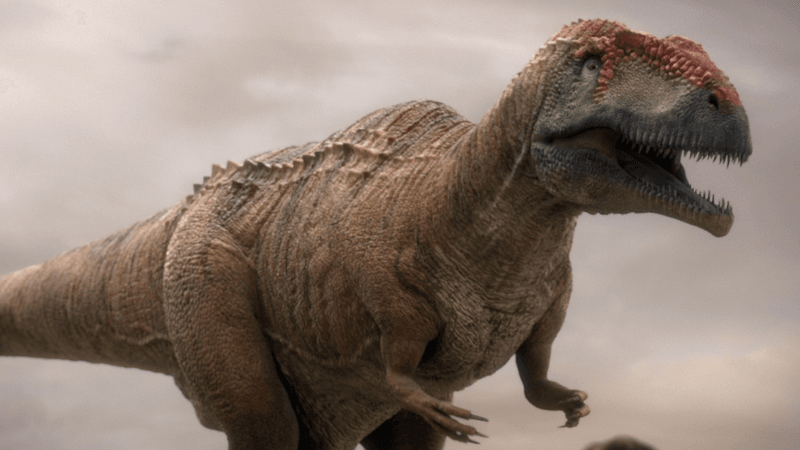
Mapusaurus was a massive theropod dinosaur that lived in what is now Argentina during the late Cretaceous period. It could grow up to 33 feet long and weigh several tons, making it one of the largest predators of its time.
This dinosaur likely hunted in packs, targeting large herbivores like Argentinosaurus. Its sharp teeth and powerful jaws were well-suited for slicing through flesh.
The discovery of Mapusaurus has provided evidence of social hunting behavior among large carnivorous dinosaurs, offering new perspectives on their ecological interactions and hunting strategies.
Pliosaurus
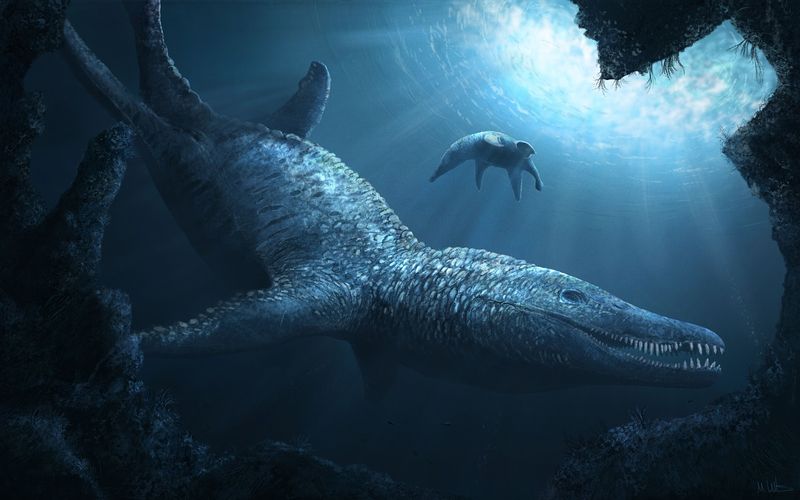
Pliosaurus was an enormous marine predator that lived during the late Jurassic period. It measured up to 40 feet in length, with a powerful body built for speed and agility in water.
Pliosaurus’ large jaws and sharp teeth made it a top predator, preying on fish, squid, and other marine reptiles. Its streamlined body and flippers allowed it to maneuver with ease, striking prey with deadly precision.
The dominance of Pliosaurus in its marine environment highlights the incredible diversity of prehistoric ocean predators and their adaptations for survival in ancient seas.
Therizinosaurus
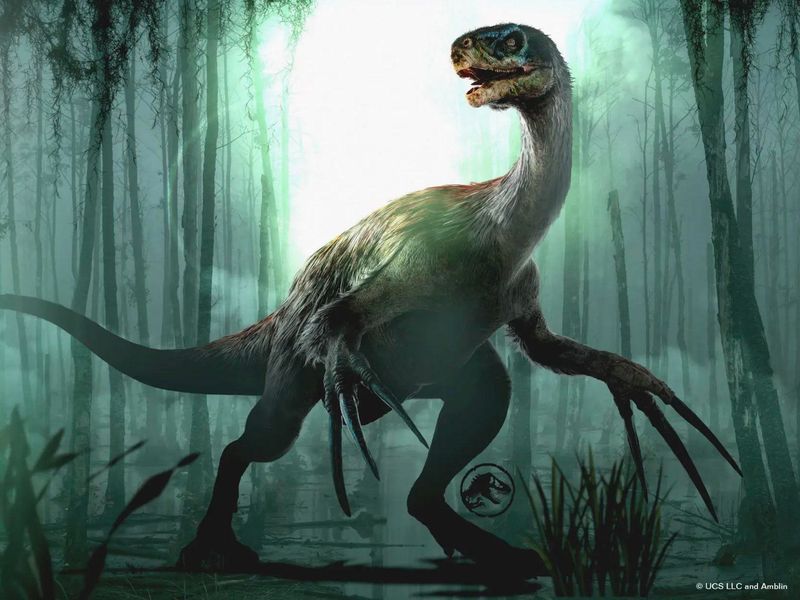
Therizinosaurus was a unique dinosaur that lived during the late Cretaceous period. Known for its massive claws, which could reach up to 3 feet long, this predator was unlike any other.
Despite its fearsome appearance, it is believed that Therizinosaurus was primarily herbivorous, using its claws to pull down branches and strip leaves. However, its size and strength could deter predators, making it a formidable presence.
Therizinosaurus’ distinctive anatomy offers insight into the diverse evolutionary paths of dinosaurs, showcasing adaptations that could serve multiple purposes in survival.
Mosasaurus
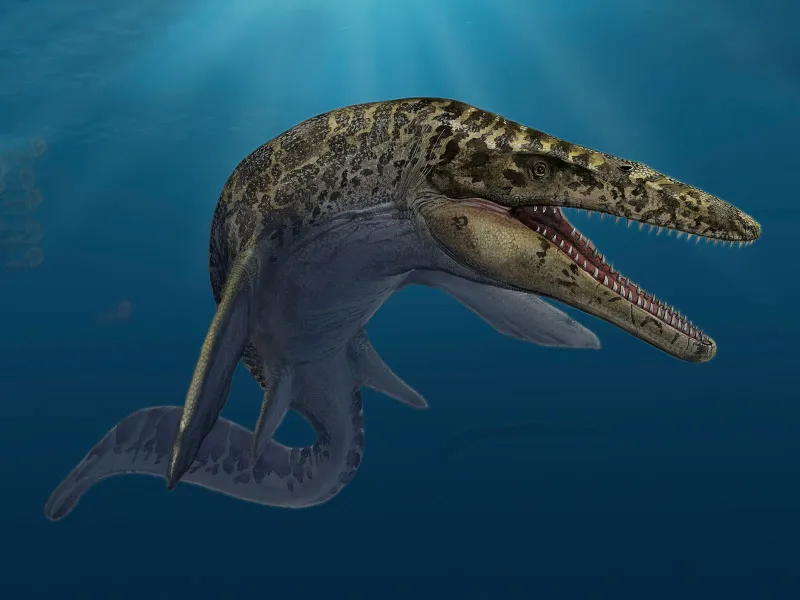
Mosasaurus was a colossal marine reptile that dominated the seas during the late Cretaceous period. Growing up to 50 feet long, it was one of the largest predators of its time.
With powerful jaws and a streamlined body, Mosasaurus was an adept hunter, preying on fish, squid, and even other marine reptiles. Its size and speed made it a formidable force in the ocean ecosystem.
Mosasaurus’ reign in the ancient seas demonstrates the evolutionary success of marine reptiles, capturing the imagination as a symbol of prehistoric ocean life.
Quetzalcoatlus
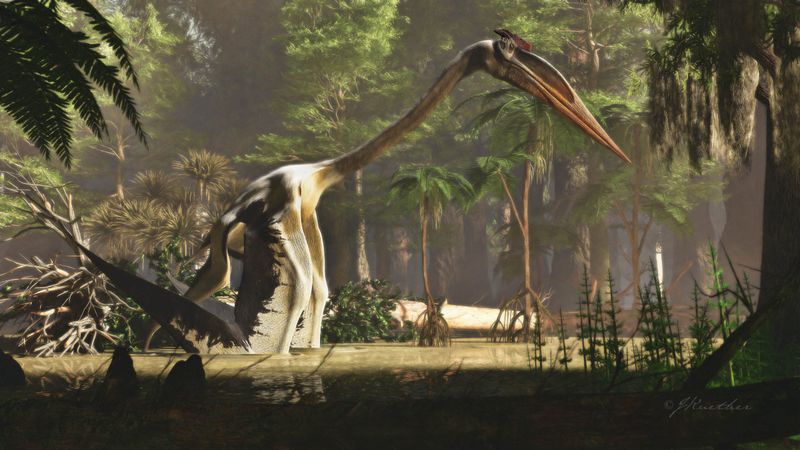
Quetzalcoatlus was the largest pterosaur to have ever taken to the skies, with a wingspan reaching up to 36 feet. It lived during the late Cretaceous period and is known for its impressive size and flight capabilities.
This pterosaur likely fed on small animals and carrion, using its long beak to snatch prey from the ground or water. Despite its size, it was a proficient flyer, capable of covering vast distances.
Quetzalcoatlus’ existence showcases the diversity of prehistoric flying reptiles and their adaptations for survival in a variety of environments.
Majungasaurus
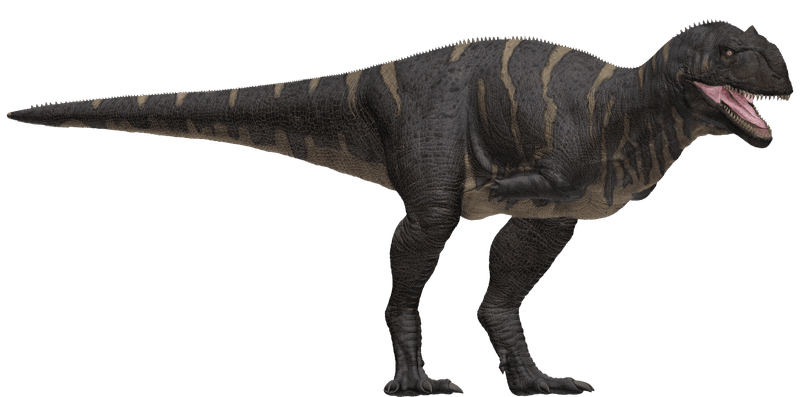
Majungasaurus was a carnivorous dinosaur that lived on the island of Madagascar during the late Cretaceous period. Measuring up to 26 feet in length, it was a dominant predator in its ecosystem.
It is known for its robust skull and strong teeth, adapted for hunting large prey. Evidence suggests that Majungasaurus might have engaged in cannibalistic behavior, showcasing its opportunistic feeding strategies.
The adaptations of Majungasaurus highlight the complex ecological interactions in prehistoric island environments, emphasizing the diverse evolutionary paths of predatory dinosaurs.
Meganeura
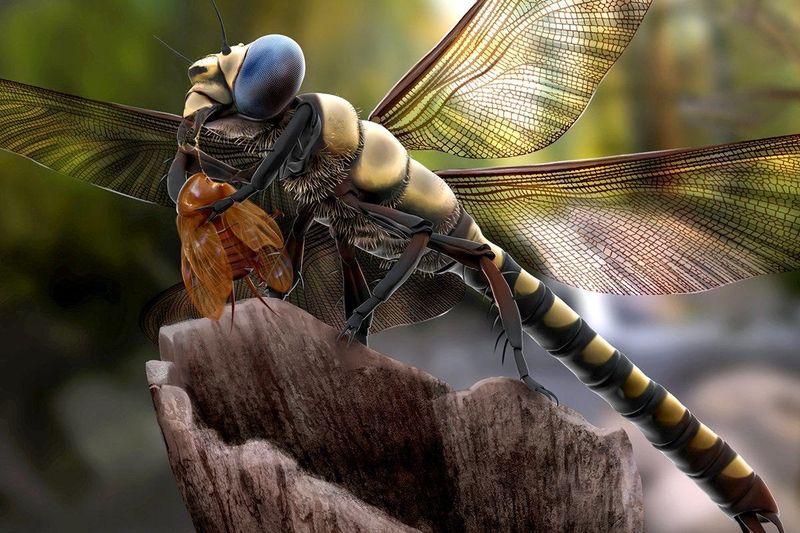
Meganeura was a giant dragonfly-like insect that flew over the Earth around 300 million years ago during the Carboniferous period. With wingspans reaching over 2 feet, it was one of the largest flying insects to have ever existed.
This formidable predator preyed on other insects, using its speed and agility to catch its prey mid-air. Its large size was made possible by the high oxygen levels in the atmosphere at that time.
Meganeura’s existence illustrates the incredible scale and diversity of prehistoric insects, highlighting their role in ancient ecosystems.
Dakosaurus
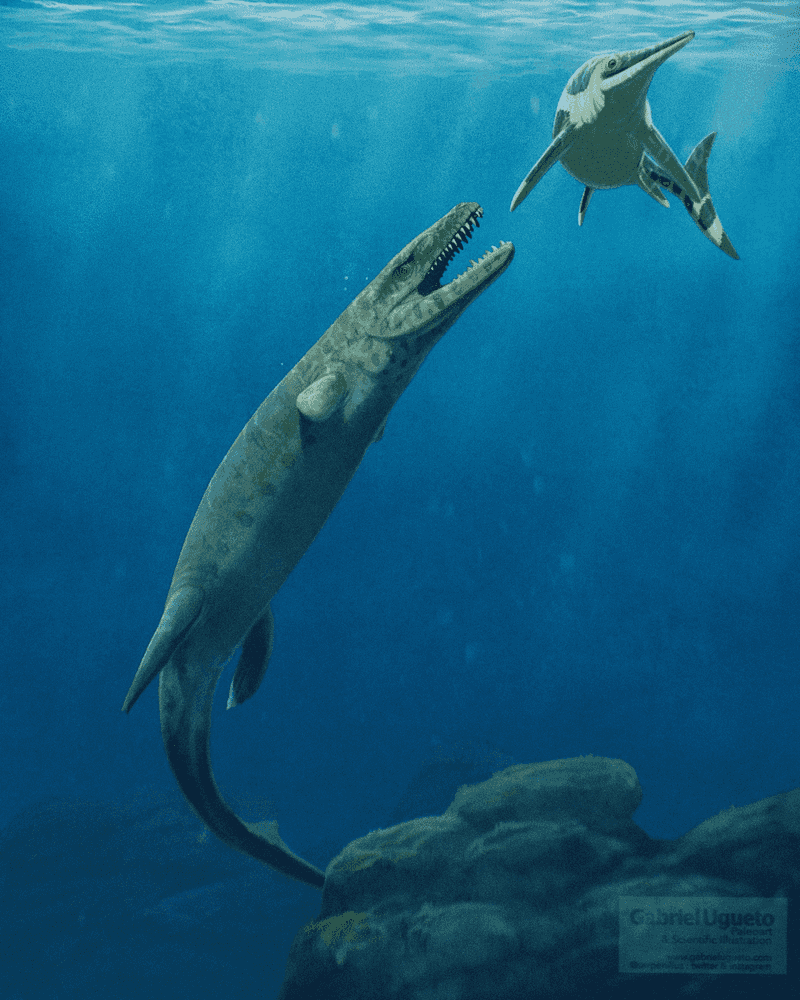
Dakosaurus was a marine reptile that terrorized the oceans during the Jurassic period. Known for its crocodile-like head, it could grow up to 16 feet in length.
This predator’s powerful jaws and teeth were adapted for hunting large marine animals such as fish and other reptiles. Its streamlined body helped it move swiftly through the water, ambushing prey with precision.
Dakosaurus’ unique adaptations reflect the diverse evolution of marine predators, illustrating the complex food webs of ancient ocean ecosystems.
Allosaurus
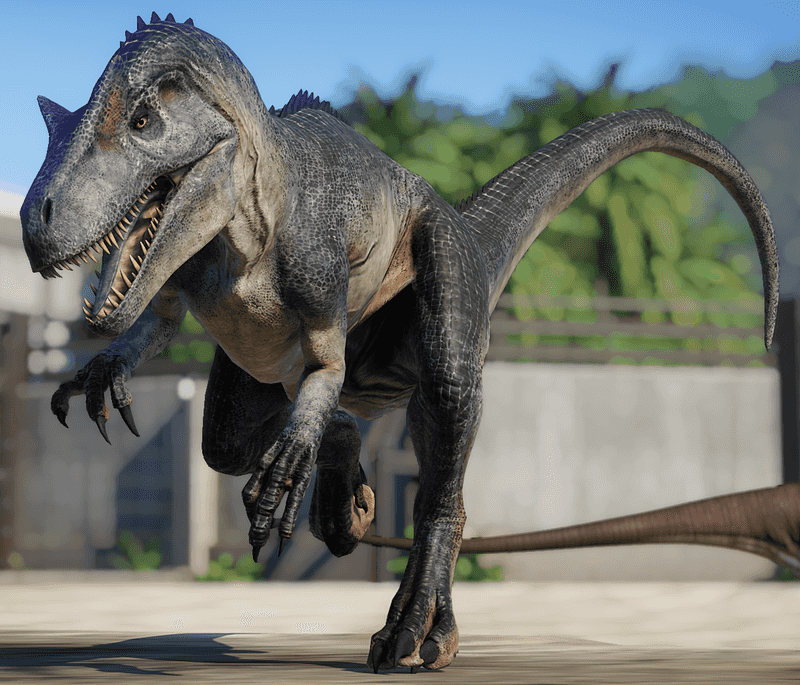
Allosaurus was a large carnivorous dinosaur that inhabited North America during the late Jurassic period. It could reach lengths of up to 39 feet and was a dominant predator of its time.
With its sharp teeth and strong jaws, Allosaurus preyed on large herbivorous dinosaurs. Its robust build and agility allowed it to ambush prey effectively, making it a formidable hunter.
The discovery of Allosaurus fossils has provided valuable insights into the behavior and ecology of large theropod dinosaurs, enriching our understanding of prehistoric life and predator-prey dynamics.

